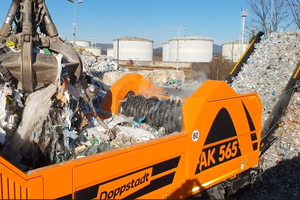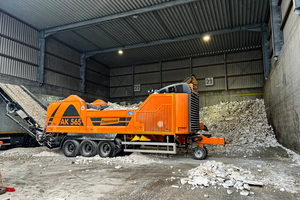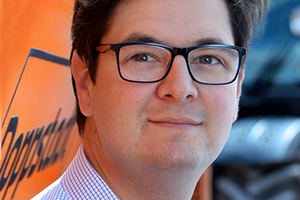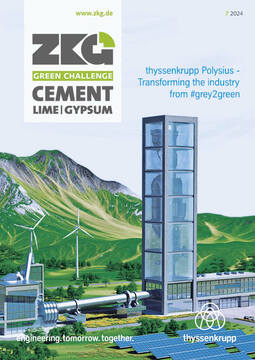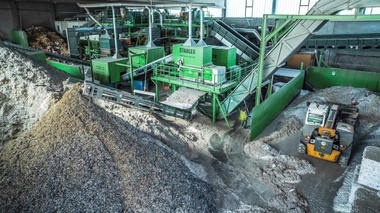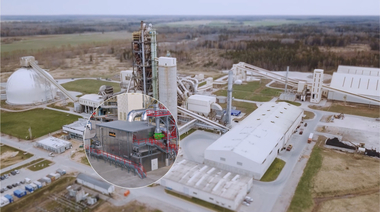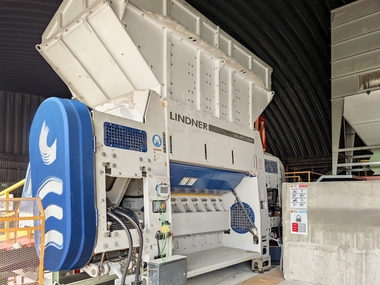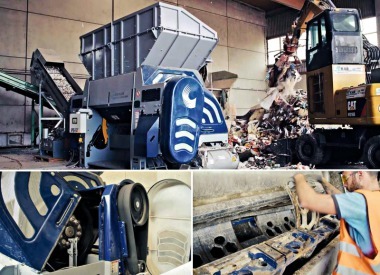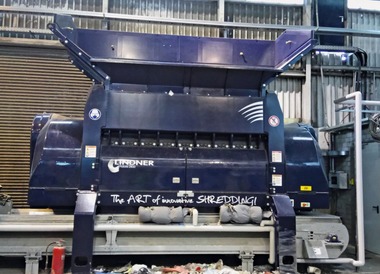RDF in Cement Production: Focusing on Climate Protection and Efficient Waste Management
It is perhaps the greatest challenge in the history of the cement industry: the significant reduction of CO2 emissions. An important step in this direction is the increased use of refuse-derived fuel (RDF). This development not only helps to reduce the CO2 footprint but also enables efficient utilization of industrial waste. Doppstadt Umwelttechnik GmbH has a solution in its AK series, which has already proven effective in the production of RDF in practice.
“The future of the cement industry lies in RDF from industrial and municipal waste,” says Daniel Kürten, Head of Product Management at Doppstadt. “With our AK series, we provide a solution that allows for the economical and flexible production of refuse-derived fuel.” The environmentally friendly alternative to fossil fuels replaces traditional energy sources such as coal and natural gas in cement production, which cause high CO₂ emissions. Thanks to new technologies, the RDF yield from conventional household waste is 23%, and the trend is rising. This is good news for climate protection, as the combustion of RDF closes the carbon cycle: The amount of CO₂ released during combustion corresponds to the amount previously absorbed during the formation of the biogenic components.
The AK Series by Doppstadt: Efficiency in production of RDF
An essential element in the production of high-quality RDF is the effective shredding and processing of raw materials. This is where the AK 565 and 640 come into play. These powerful solutions are specialized in efficiently processing various types of waste such as plastics, wood, textiles, and paper and converting them into homogeneous fuels that can be used in the cement industry.
The efficiency of these processes is evident, for example, in the deconstruction of external thermal insulation composite systems. The AK series demonstrates how the dismantling of these systems can become an environmentally friendly solution. The AK not only shreds Styrofoam and plaster but also gives them a second life. In the selective deconstruction of outdated insulation systems, the Styrofoam insulation is removed along with the applied plaster and disposed of. However, this material is not suitable for direct disposal in large quantities at waste incineration plants.
Instead, cement plants can make good use of the mixture of high-calorific fuel and plaster. To this end, the material is shredded to a defined grain size through high-speed grinding. The AK series specializes in this and easily handles contaminants from demolition. To ensure quality, Doppstadt uses overbelt magnets or magnetic drums to remove metal parts such as insulation dowels from the material stream.
“Our AK 565 and 640 are characterized by their robust design and flexibility. With a powerful engine and an efficient shredding system, they can quickly and effectively process large amounts of waste,” says Kürten. This enables a continuous supply of RDF to cement plants, ensuring a stable and environmentally friendly energy supply.
Focus on Climate Protection
The use of RDF in cement production contributes significantly to the reduction of CO₂ emissions. In Europe, cement plants that increasingly rely on RDF have already reduced their emissions by up to 30%. “This is a significant contribution to achieving climate goals and shows that technological innovations like our AK series can have a direct impact on the environmental footprint of the industry,” says Kürten.
Furthermore, the use of RDF contributes to resource conservation. Waste that was previously landfilled or burned in inefficient processes now finds meaningful use. This not only reduces the need for landfill space but also mitigates the environmental impact from the release of methane and other greenhouse gases from landfills.
RDF as Pioneer of a Sustainable Cement Industry
The growing relevance of RDF in cement production highlights that sustainable industrial processes are not only possible but also economically viable. “With innovative technologies like the AK series, the cement industry can improve its environmental footprint while making a valuable contribution to global climate protection,” says Kürten. “The future of cement production lies in the effective use of resources — and RDF play a key role.”

